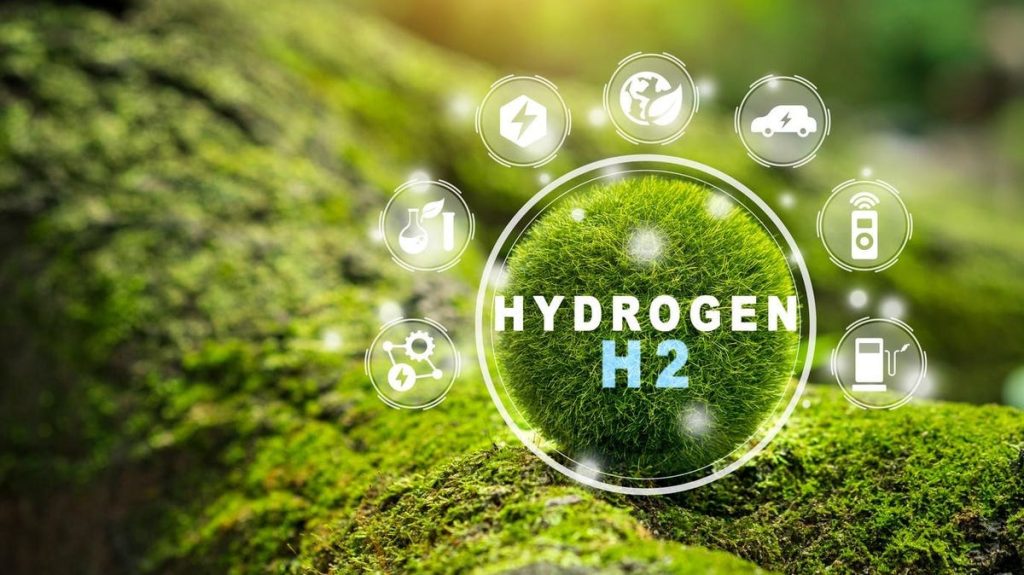Energy-intensive industries like chemicals, steelmaking, aviation, oil and gas, and long-distance shipping are prime candidates to lead the world in creating a green hydrogen economy. Green hydrogen has the potential to reduce carbon emissions across production and operations among these industries, helping companies comply with ever-increasing stringent regulations that include rising taxes on greenhouse gases.
According to McKinsey, green hydrogen would avoid 6 gigatons of CO2 emissions, create a $2.5 trillion market for hydrogen and fuel cell equipment, and provide sustainable employment for more than 30 million people by 2050.
Government incentives push green hydrogen forward
Regions and countries worldwide have their own green hydrogen strategies to help achieve net-zero targets. The International Renewable Energy Agency (IRENA) reported that over 30 countries worldwide have green hydrogen strategies in the works. The European Commission expects hydrogen to have an important role in achieving EU objectives to reduce greenhouse gas emissions by a minimum of 55% by 2030 and reach net-zero emissions by 2050.
In the US, The Inflation Reduction Act will invest almost $400 billion into clean energy projects, including tiered subsidies for emission-free hydrogen production. India has announced its Green Hydrogen Mission to produce a minimum of five million tons of renewable hydrogen by 2030 each year. India wants to become a leading manufacturer of electrolysers, the systems that produce carbon-neutral hydrogen from renewable electricity.
Despite the incentives and opportunities, building a green hydrogen economy with a strong value chain of partners is a big hill to climb. In 2022, hydrogen accounted for less than 2% of Europe’s energy consumption and was primarily used to produce chemical products, such as plastics and fertilizers. However, 96% of this hydrogen was produced with natural gas. IRENA estimates that the market will need to replace around 100 million tons of fossil fuel-based hydrogen in 2023, with 500 million to 800 million tons of green hydrogen by 2050 when additional industries will have shifted to hydrogen.
Green hydrogen certification is backbone for market growth
Green hydrogen’s primary appeal is that it contains less carbon. Organizations will need to prove and verify the hydrogen’s actual sustainability credentials in production, storage, and transportation and use of finished goods up and down the value chain during the product’s lifetime.
“In an ever-evolving global legal landscape, it’s imperative for green businesses to adopt a ‘digital passport for hydrogen’. This can validate a product’s emissions credentials and ensure alignment with diverse national regulations,” said Dr. Maximilian Kuhn from Hydrogen Europe. “Our collaboration with policymakers and enterprises aims to craft a gold-standard certification framework. This will empower industries to prove their hydrogen’s eco-credentials, setting a global benchmark in sustainable business for others to emulate.”
Dr. Kuhn added that companies could also use AI-based algorithms and digital twins to validate or pre-certify green hydrogen in operational designs, supporting funding and investment opportunities.
Digitalization connects trusted data across renewable supply chain
Just like fossil fuels, industries and partners will need to create a green hydrogen value chain that connects vast amounts of data and activities across production plants, storage facilities, and distribution and delivery networks. Eventually, organizations will need to capture and act on data across new container vessels and pipelines that store and carry green hydrogen or its derivatives worldwide. Digitalized platforms are a must-have to calculate and manage carbon emissions throughout this expansive sustainable energy supply chain.
“As a longtime partner with energy-intensive industry leaders, SAP has a digital platform designed to help organizations plan, finance, build, operate, and maintain their renewable power and hydrogen value chain,” said Peter Koop, chief solution expert at SAP. “With our solutions like Cloud for Energy, Sustainability Footprint Management, and Emissions Management, suppliers and buyers have the trusted data to track their CO2 footprint against corporate commitments and regulatory mandates.”
Koop said that companies can prove certification to sustainability regulations with GreenToken by SAP, which uses digital twin tokens on a blockchain to provide an immutable record of certified custody for every partner on the value chain.
Green hydrogen is well worth the initial premium
Like every new technology, green hydrogen arrives with a premium price tag. Whether encouraged by government subsidies or enforced by escalating fossil fuel prices and net-zero regulations, energy-intensive industries and their customers are likely to be front runners in jumpstarting the new hydrogen economy.
Read the full article here










